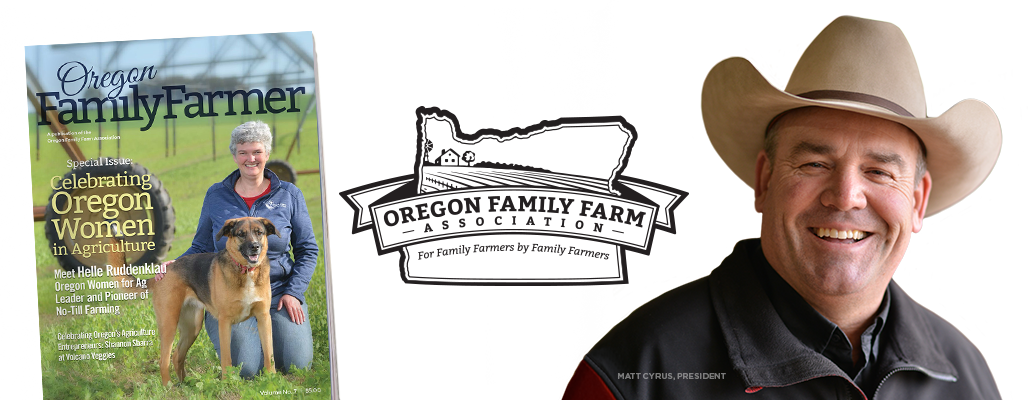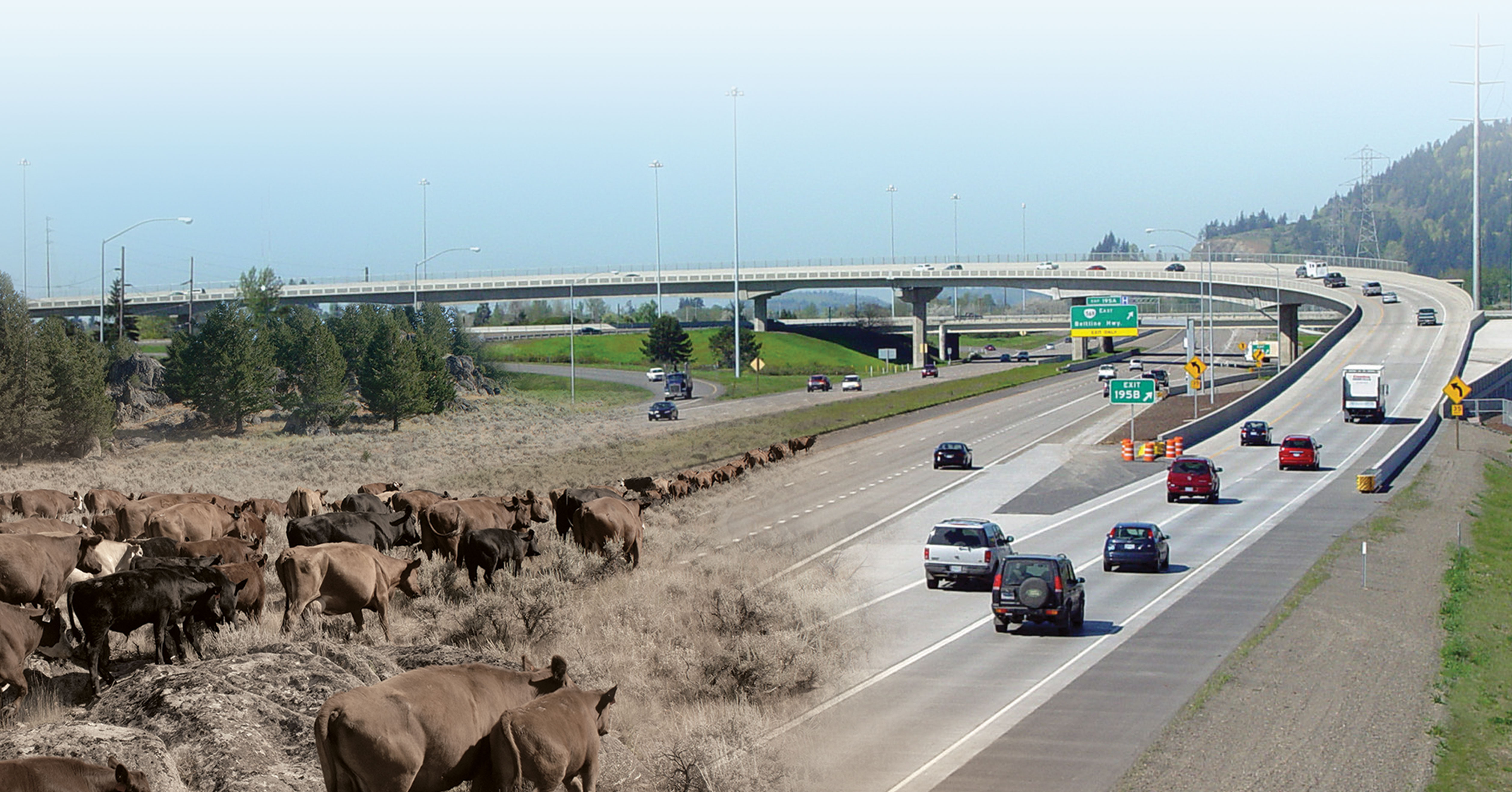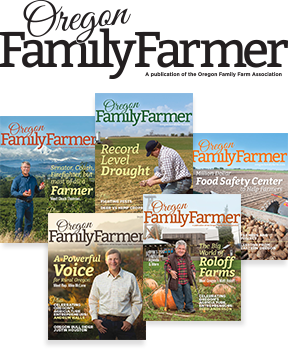WORDS: TIM LYMAN
Ewing Young was one of the first Europeans to travel the series of Native American trails between the Willamette Valley and today’s Sacramento area. His goal: to drive a herd of horses and mules to the Willamette Valley in 1834. He made the trip again in 1837, successfully bringing an additional 630 head of cattle to the valley.
In 1834, Young was trapping and trading in Alta California, when he met Hall J. Kelley, a promoter of the Oregon Country, in San Diego. Young agreed to travel with Kelley to Oregon. With 200 horses and mules, they set out in July of 1834 with other prominent figures from the Willamette Valley including Webley John Hauxhurst and Joseph Gale. The Mexican government of Alta California accused Young and his group of stealing the horses and mules. Young and his partners denied this, declaring that some uninvited traveling companions stole the horses.
Navy Lieutenant William A. Slacum arrived at Cape Disappointment on December 22, 1836, on board the Loriot. President Jackson had commissioned Slacum to visit and detail “the different settlements of whites … and also at the various Indian villages” in the Oregon Country. He found the settlers bitter over the Hudson’s Bay Company’s (HBC) monopoly on cattle, which they rented, but would not sell, to the settlers. Slacum proposed bringing cattle from Alta California, to end the HBC monopoly. Investors, including HBC Chief Factor Dr. John McLoughlin, formed the Willamette Cattle Company.
On January 22, 1837, the overland party of 11 men and three Native American boys set sail aboard the Loriot from Wappatoo (Sauvie) Island. In Alta California, they purchased 746 head of cattle at $3 per head, and 40 horses at $12 each. On July 27, the group began the cattle drive to Oregon. In October, the group arrived at the European settlements of the Willamette Valley with approximately 630 head of cattle and 15 horses. Dividing the animals amongst the investors at a value of $8.50 per head, Young received the largest allotment of 135. Expenses for the group who traveled to California totaled $42.75.
The cattle drive made Young the wealthiest man in the Willamette Valley. The settlement of his heirless estate led to the formation of a provisional government in 1841.
Young’s cattle trail became known as the Siskiyou Trail, and became the main route for overland travelers between Oregon and California. In 1911, the Pacific Highway Association used the trail as part of the Pacific Highway, which extended from Canada, to San Diego, California, at the Mexican border. In 1926, the Pacific Highway became US 99, which was replaced by Interstate 5 beginning in the 1950s.



